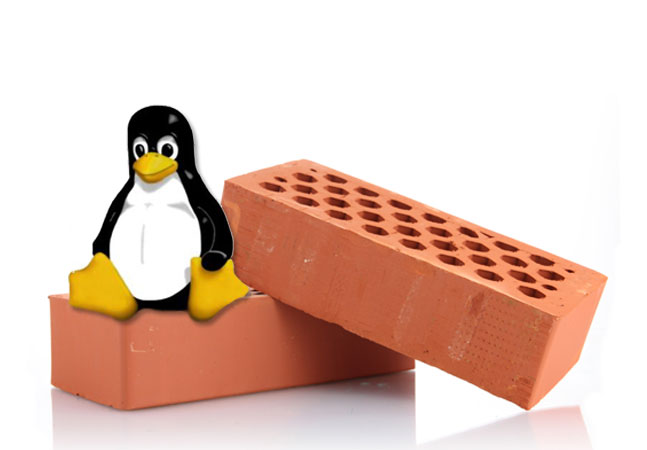
After earlier detailing needed planning, Brien goes to the next step: an in-place upgrade of the Windows Server OS as it relates to AWS EC2.

By Tom Fenton
See what four features piqued Tom's interest in the new Extended Service Branch (ESB) Maintenance Release.

By Tom Fenton
In demonstrating some monitoring software, Tom needed to replicate a slow network that was being used in a VDI environment. Here's how he did it.

Brien demonstrates the process of upgrading AWS EC2 instances running Windows Server 2012 R2 to newer OSes.

By Tom Fenton
After previously installing Linux on VMs in three systems, Tom installs the VMware Horizon native client on them to see how they perform.

By Tom Fenton
Tom shows how to install Ubuntu 20.04 on a wide range of systems, install the Horizon native client and use the systems to connect to remote desktops.

While it would be a bad idea to host a mission-critical workload on spot instances, they're great for dev/test environments or for workloads that do not have strict SLAs.

By Tom Fenton
After earlier detailing how to use a .bat file to launch the Horizon client to a Horizon desktop and then adding start-up functionality to the taskbar and Start menu, Tom Fenton turns to Linux.

The point of AVNM is to give you a centralized way to manage connectivity and security policy, scoped to subscriptions or management groups for your entire Azure estate.

Brien walks through the process of creating an IAM role for the AWS Fault Injection Simulator in order to find out what happens when an EC2 spot instance is interrupted.

By Tom Fenton
After earlier showing how to launch the Horizon Client to a Horizon desktop using a .bat file, Tom explores what else can be done with it.

If an organization uses spot instances as a means of providing extra capacity for EC2 workloads, it must consider what will happen if a spot instance is interrupted.